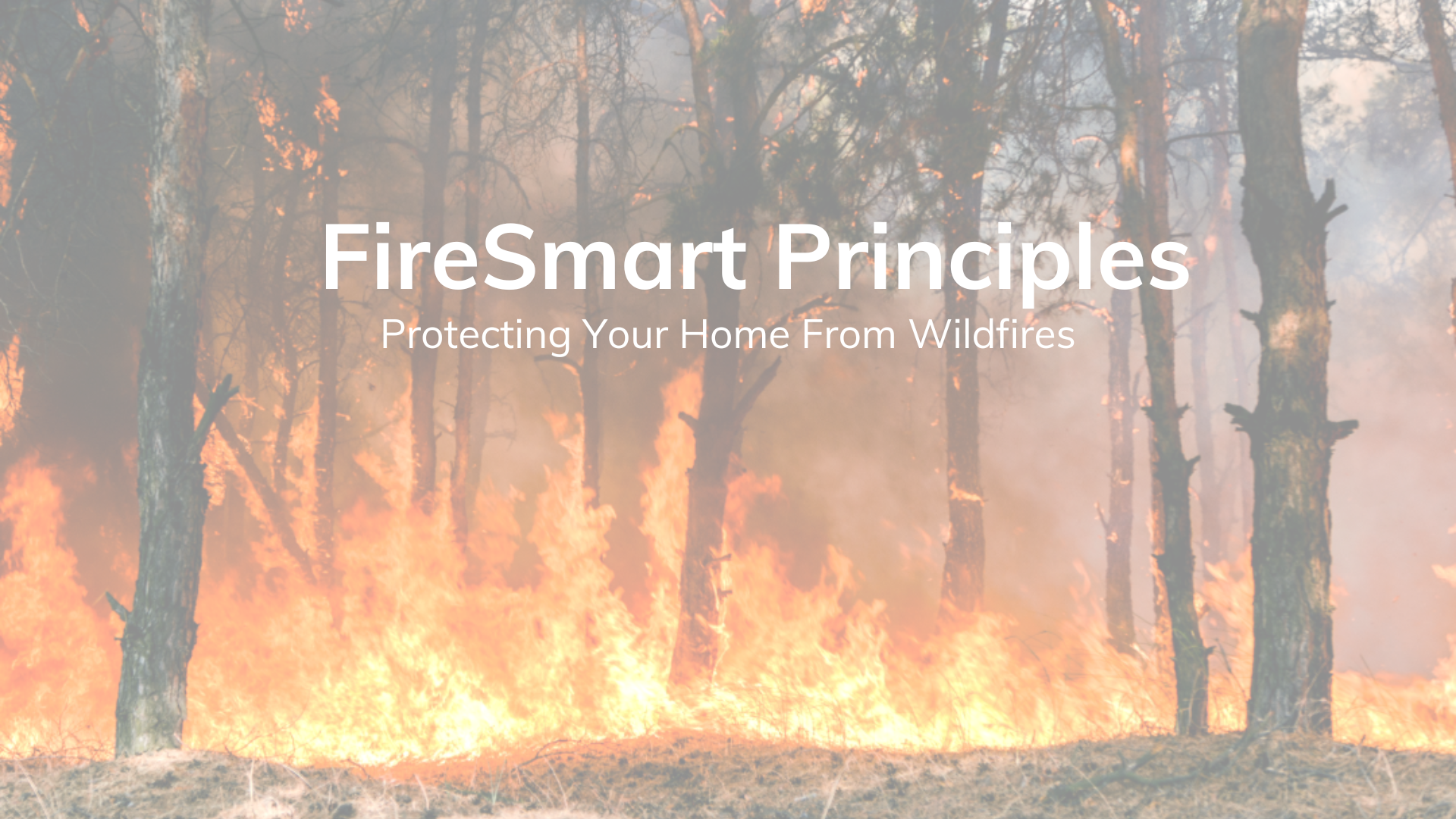August is a busy month for families as the back-to-school season approaches. It’s also a fantastic time to focus on finding a home that meets your family’s needs. Whether you’re relocating for a better school district or looking for more space to accommodate your growing household, August offers a great opportunity to settle into a new home before the holidays roll around.
Here are three key tips to help you find the perfect family home this August:
1. Prioritize School Districts
For families with school-aged children, a great school district is often at the top of the priority list.
Research schools in the areas you’re considering—look at ratings, programs, and extracurricular activities.
Visit the schools if possible to get a sense of the environment and community.
Even if you don’t have children, homes in top-rated school districts tend to hold their value well, making them a smart investment.
2. Focus on Family-Friendly Features
Think about what your family needs to thrive at home.
Look for homes with multiple bedrooms, open living spaces, and functional layouts.
Consider proximity to parks, playgrounds, and family-friendly amenities.
Storage is key for families—look for homes with ample closets, garage space, or basements for organization.
3. Plan Ahead for a Smooth Move
Moving with kids can be challenging, so preparation is essential.
Get your kids involved in the process by letting them pick out their rooms or help pack.
Time your move carefully to minimize disruptions to school schedules.
Partner with a realtor who understands your unique needs to streamline the process.
Ready to find the perfect home for your family? Let’s make it happen before the school bell rings! Reach out today to get started.



